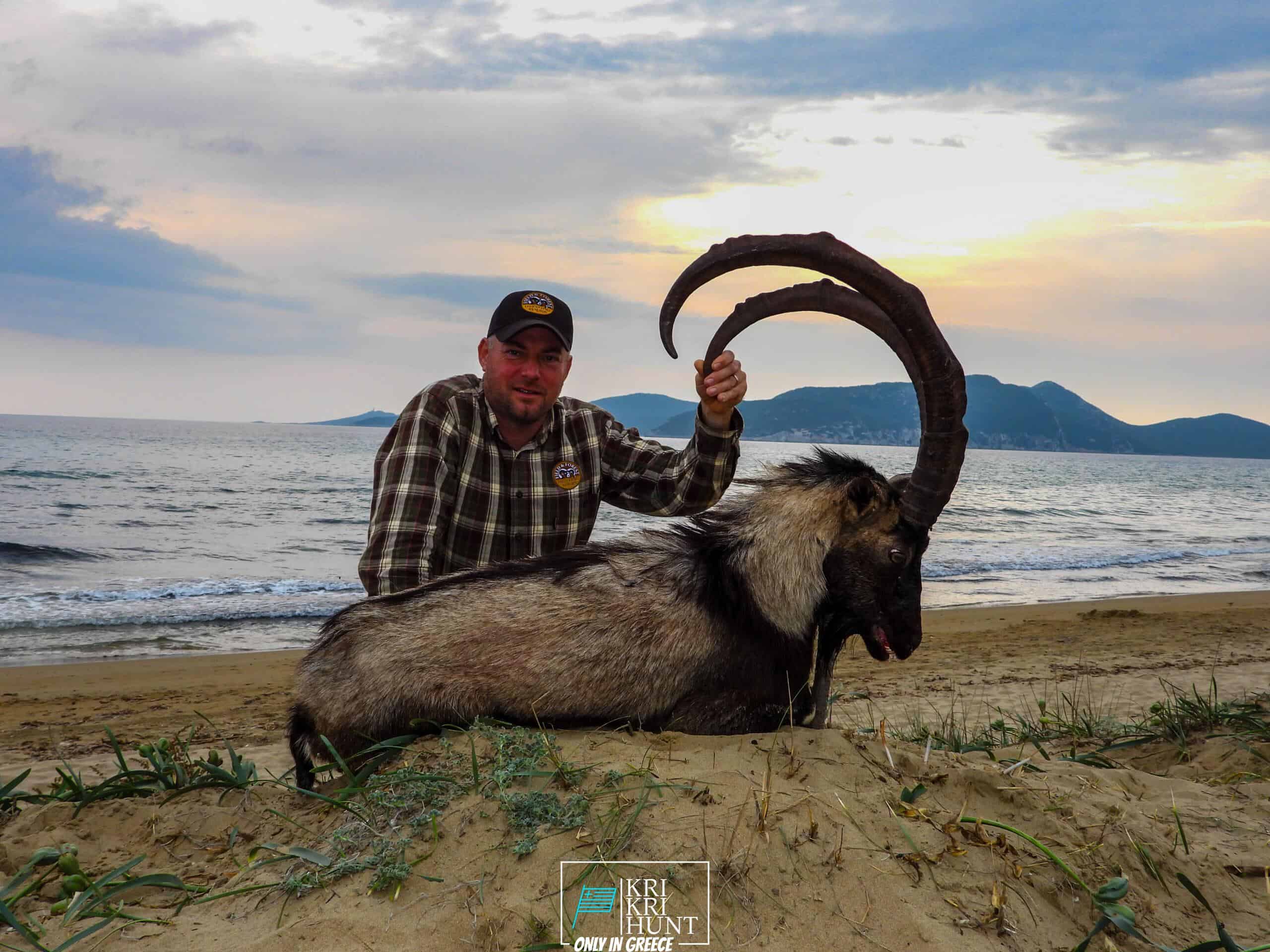Why The Peloponnese Is The 'Real' Greece
Why The Peloponnese Is The 'Real' Greece
Blog Article

Hunting for Kri Kri ibex in Greece is an incredible searching expedition and great vacation done in one. Ibex searching is normally an extreme experience, but not in this case! Dive to shipwrecks and spearfishing in old Greece, or delight in ibex searching in an unique location are just a few of things you may do throughout a week lengthy ibex hunting trip in Greece. Can you consider anything else?

The number of Ibexes fluctuates with the populace since it is not set. The Ibexes of the Cretan Ibex reproduce Kri-Kri is the smallest ibex in regards to body weight, but not horn length (Capra Aegagrus Cretica). A few samplings that went uncounted determined 115 centimeters (45 inches). The gold trophy is 61 centimeters (24 inches) long. The Kri-Kri ibex is hunted in Greece right now. Hunting is offered on Atalanti and also Sapientza. Hunting is permitted on Atalanti from the last week of October to the initial week of December. Hunting is allowed on Sapientza for the entire month of November, depending upon weather.
On our Peloponnese scenic tours, you'll reach experience all that this remarkable area needs to supply. We'll take you on a tour of some of one of the most historical and lovely websites in all of Greece, consisting of old ruins, castles, and extra. You'll also reach experience several of the conventional Greek society firsthand by enjoying a few of the tasty food as well as white wine that the region is understood for. As well as of course, no journey to Peloponnese would certainly be full without a dip in the gleaming Mediterranean Sea! Whether you're an experienced seeker seeking a first-time vacationer or a new journey just seeking to explore Greece's sensational landscape, our Peloponnese trips are best for you. So what are you awaiting? Book your trip today!
If you're searching for an authentic Greek experience, then look no more than our outside hunting in Greece with fishing, and totally free diving trips of Peloponnese. This is an extraordinary method to see whatever that this fantastic region has to supply. Reserve your trip today!
What is the diference between Kri Kri ibex, Bezoar ibex and hybrid ibex
The kri-kri is not thought to be indigenous to Crete, most likely having been imported to the island during the time of the Minoan civilization. Nevertheless, it is found nowhere else and is therefore endemic to Crete. It was common throughout the Aegean but the peaks of the 8,000 ft (2,400 m) White Mountains of Western Crete are their last strongholds–particularly a series of almost vertical 3,000 ft (900 m) cliffs called ‘the Untrodden’—at the head of the Samaria Gorge. This mountain range, which hosts another 14 endemic animal species, is protected as a UNESCO Biosphere Reserve. In total, their range extends to the White Mountains, the Samaria National Forest and the islets of Dia, Thodorou, and Agii Pandes.
This Ibex is NOT a diminutive form of the Bezoar Ibex, which has migrated into the western-most reach of the range of this species. The kri – kri (Capra aegagrus cretica), sometimes called the Cretan goat, Agrimi, or Cretan Ibex, is a feral goat inhabiting the Eastern Mediterranean, previously considered a subspecies of wild goat. The kri-kri has a light brownish coat with a darker band around its neck. It has two horns that sweep back from the head. In the wild they are shy and avoid tourists, resting during the day. The animal can leap some distance or climb seemingly sheer cliffs.
“The agrimi goat Capra aegagrus cretica is unique to Crete and its offshore islands. It has been identi®ed as a sub-species of the wild bezoar goat Capra aegagrus aegagrus Erxleben, 1777, which it closely resembles in horn shape, body form and coloration. This classi®cation has been disputed by some researchers who claim that the agrimi are feral goats, derived from early domestic stock brought to the island by the ®rst Neolithic settlers. In order to clarify this issue, DNA analyses (cytochrome b and D loop sequences) were carried out on tissue of live and skeletonized agrimi and compared to sequences of wild and domestic caprines. Results conclusively show the agrimi to be a feral animal, that clades with domestic goats (Capra hircus) rather than with wild Asiatic bezoar. This study demonstrates that morphometric criteria do not necessarily re¯ect genetic af®nities, and that the taxonomic classi®cation of agrimi should be revised.”
Report this page